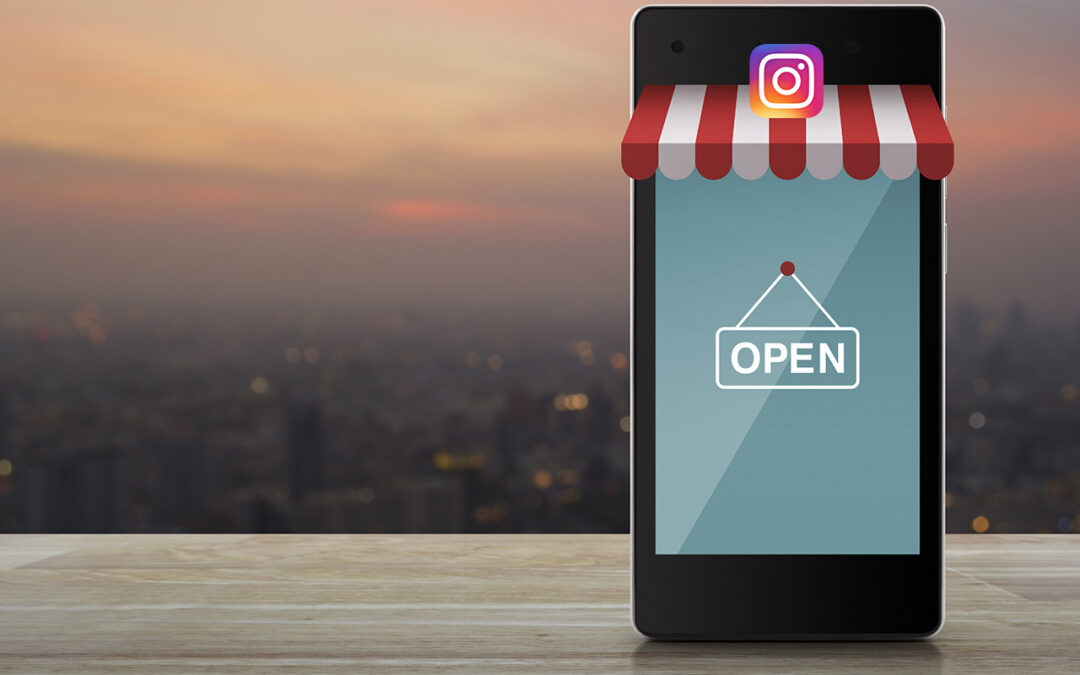
by Amy | Feb 7, 2025 | Analytics Reporting, SEO, Website
A website isn’t just a few pretty pictures and clever words thrown together. It’s a living, breathing space that requires two essential elements to stay vibrant, secure, and accessible—hosting and domain names. At Root & Roam, we believe in making the complex...

by Amy | Jan 6, 2025 | Branding, Digital Marketing, Email Marketing, Email Marketing, Root & Roam Blog, SEO, Social Media
TABLE OF CONTENTS $ Understanding Brand Authority $ The Foundation of Brand Authority–Quality Content $ Demonstrating Expertise and Thought Leadership $ Consistency and Frequency in Content Production $ SEO and Content Distribution $ Engaging with Your Audience $...

by jordain | Jul 31, 2024 | Digital Marketing, Local SEO, SEO, SEO Strategy, Traditional SEO, Website
TABLE OF CONTENTS $ The Rise of AI and Machine Learning in Marketing $ The Growing Importance of Data Privacy and Security $ The Evolution of Social Media Platforms $ The Shift Towards Visual and Interactive Content $ Voice Search and Smart Speakers $ The Role of...

by daron | Sep 25, 2023 | Digital Marketing, Local SEO, SEO, SEO Strategy, Traditional SEO, Website
In the digital age, having a strong online presence is important. Understanding search engine optimization (SEO) is crucial for success online, whether you’re a business or an individual. In this blog, we will answer your most frequently asked questions...

by Amy | Jun 29, 2021 | Analytics Reporting, Audit, Creative Services, Digital Advertising, Digital Marketing, Local SEO, SEO, SEO Strategy, Social Media, Traditional SEO, Website
It’s hard to believe at times, but the internet has rules. There are protocols and conventions that, when followed, tend to make things easier on all of us. They also make the content we create more accessible to more people! One of the foremost jobs of a digital...

by Amy | Jun 28, 2021 | Creative Services, Digital Marketing, Graphic Design, Root & Roam Blog, SEO, Social Media, Website
As of 2021, 1.074 billion people are on Instagram worldwide making it the perfect place to sell your products. Instagram has all of the tools you need to get your product in front of the consumer and make them remember it. Selling on Instagram takes hard work,...







